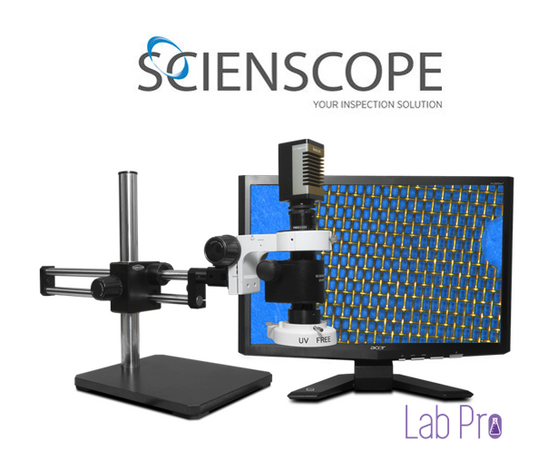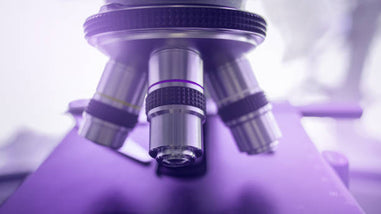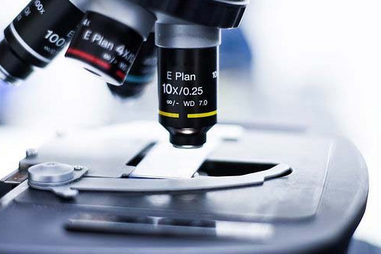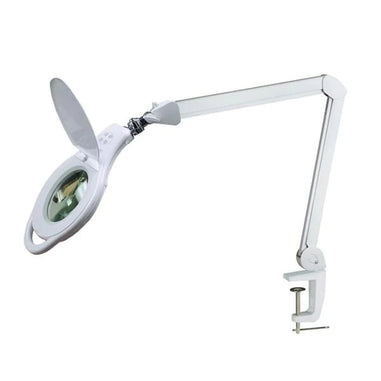- No products in the cart.
When it comes to studying specimens or samples under a stereo microscope, magnification plays a crucial role in the level of detail and clarity researchers can achieve. By understanding the impact of different magnification levels, scientists can make informed decisions and optimize their observations. In this blog, we will delve into the importance of magnification in stereo microscopes, exploring how it influences the quality of observations and the implications for scientific research.
Defining Magnification in Stereo Microscopes
Magnification refers to the process of enlarging an object to make it appear larger than its actual size. In the context of stereo microscopes, magnification is achieved by a combination of the microscope's optical design and the choice of appropriate lenses or objectives. It is expressed as a numerical value, such as 5x, 10x, or 20x, indicating how many times larger the specimen appears under the microscope compared to its actual size.
Impact on Clarity and Detail
The primary role of magnification in stereo microscopes is to enhance the clarity and detail of observed specimens. Higher magnification levels allow researchers to examine finer structures and smaller features, enabling a more comprehensive analysis. As the magnification increases, the level of detail becomes more pronounced, revealing intricate characteristics that would otherwise be invisible to the naked eye.
Determining the Optimal Magnification
Choosing the optimal magnification level depends on the nature of the specimen or sample being observed and the specific research objectives. Low magnification levels, such as 5x or 10x, are ideal for getting a broad overview of the specimen. This level is useful for examining larger structures or identifying general patterns. Medium magnification levels, ranging from 15x to 40x, strike a balance between an overview and detailed analysis, making them suitable for studying the morphology and finer features of specimens. High magnification levels, exceeding 40x, are reserved for scrutinizing minute details and intricate structures, providing researchers with a closer look at small organisms, surface textures, or cellular components.

Considerations for Resolution and Working Distance
While higher magnification levels offer greater detail, it is important to consider the resolution and working distance associated with each level. Resolution refers to the microscope's ability to distinguish between closely spaced objects, and it is influenced by factors such as the quality of optics and lighting conditions. Higher magnifications may require higher resolution capabilities to maintain clarity and avoid a loss of image quality.
Working distance refers to the distance between the objective lens and the specimen being observed. As magnification increases, the working distance generally decreases. This decrease in working distance can limit the space available for manipulating specimens or performing additional procedures. It is crucial to choose a magnification level that provides an adequate working distance for the intended research tasks.
Avoiding Pitfalls of Over-Magnification
While magnification is important, it is essential to strike a balance and avoid the pitfalls of over-magnification. Over-magnification occurs when the level of magnification exceeds the capabilities of the microscope's optics or the specimen's resolution. In such cases, the observed image may become blurry, distorted, or pixelated, hindering accurate analysis. It is crucial to select a magnification level that aligns with the capabilities of the microscope and the inherent resolution of the specimen.
Application in Scientific Research
The importance of magnification extends across various scientific research fields. In biology, researchers can use varying magnification levels to examine the intricate structures of organisms, such as the fine details of insect anatomy or the cellular components of plant tissues. In material science, magnification allows scientists to explore the surface textures and defects of manufactured products, aiding in quality control inspections. In forensic science, magnification is instrumental in analyzing minute details in evidence such and fingerprints, providing valuable insights for investigations.
In fields like geology and archaeology, magnification is crucial for studying mineral structures, fossilized specimens, and artifacts. It allows researchers to identify key features, decipher geological formations, and gain a deeper understanding of past civilizations. Magnification also plays a significant role in environmental science, enabling scientists to study microorganisms, analyze soil samples, and examine pollutants or contaminants.
In conclusion, magnification is a fundamental aspect of stereo microscopes in scientific research. It directly influences the level of detail and clarity researchers can achieve in their observations. By carefully selecting the appropriate magnification level, scientists can uncover hidden features, analyze fine structures, and gain a deeper understanding of their specimens. However, it is crucial to strike a balance, considering factors such as resolution and working distance to avoid the pitfalls of over-magnification. With a comprehensive understanding of the role of magnification, researchers can make informed decisions and enhance the quality and impact of their scientific investigations.
For over 40 years, Lab Pro Inc. has been committed to delivering the highest quality stereo microscopes, lab supplies, lab equipment, reagents, distance learning kits, and cleanroom PPE apparel. Renowned by global medical device companies and laboratories, we ensure exceptional quality in every product. Contact us online or call 888-452-2776 to learn more. Discover top-notch lab supplies and elevate your experiments today!












































